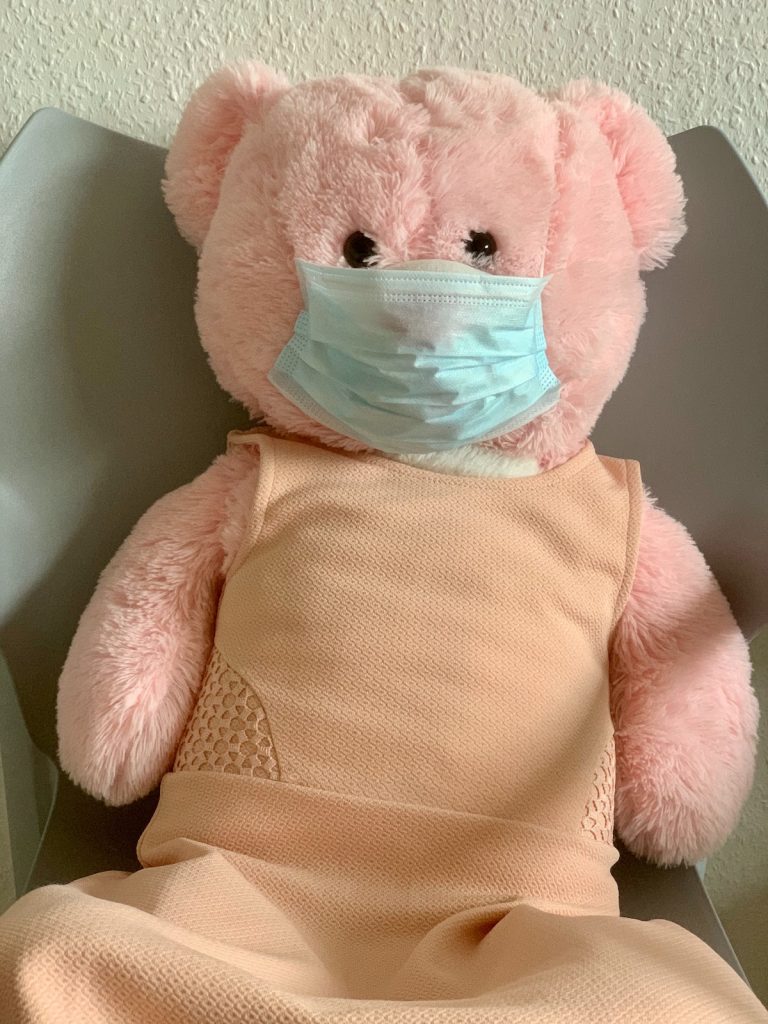As more people return to the workplace, internal communicators will no doubt be working to inform and remind people of safe and hygienic work practices. I hope we do this without repeating many of the mistakes from most communications around health and safety (H&S).
If you work in employee communications, you’ve probably had to work on H&S comms at some point. In industrial settings it’s such a big topic that H&S often has its own communicators, separate from the corporate function.
Not everyone will share this view, but I almost always find H&S comms to be awful.
A few pieces have caught my attention over the years, with an emotional appeal speaking to our shared hope that everyone finishes the day healthy and intact. But for the most part, I find H&S comms to be a scolding and infantilizing waste of time.

Photo by L N on Unsplash
I don’t claim expertise on H&S. My first few years in the workforce were in settings where equipment and vehicles were potentially lethal, but that was more than 30 years ago, and I don’t personally have experience with changing people’s safety performance for the better.
But I can’t be alone in thinking that most H&S comms are ineffective at best, and I hope comms around COVID-19 comms will be different.
When I’m asked to help on H&S work, the client already has 95 percent of the deliverable in mind (hint: it involves posters). When I ask the owner what he or she wants to achieve, the answer is always that they want to “generate awareness.”
And that vague awareness generation is exactly what makes the resulting work so bad.
No one needs to be made aware that slicing their hand open is a bad idea, or made aware that forklifts are heavy and dangerous. Accidents don’t happen for lack of knowledge. Accidents happen because people cut corners.
If companies were serious about H&S, they’d examine why people are taking shortcuts. Their comms would work to persuade people that caution is worth the time, PPE is worth wearing, and protocols are worth following.
When I was researching my book on international employee comms, I talked to one expert in H&S who transitioned to communications later in his career. He chose not to be identified, but what he told me confirmed my suspicions: communications deliverables have little proven impact on safety performance.
He said that while he’d seen several companies transform their safety performance to something better, none of them did it with posters. “Focusing on safety has to go all through organization…Organizational context and the role of leadership are important. Extravagant communications about ‘our number one priority’ are not. For a safer work environment, companies must create a culture where it’s OK to speak out when things go wrong.”
Yet the finger-wagging posters keep coming.
Perhaps it’s because communication campaigns have occasionally helped, and leadership and communicators keep chasing that first high. He admitted, “There is definitely a role for communications, and if you get it right it can be fantastic. But it can’t be a substitute for management intervention. What we see from corporate is often irrelevant, distant, and incongruent from the way things are happening at the line level. If it can be made relevant, congruent, and emotional, it can be powerful. I don’t see many organizations doing that. They tick boxes and send posters.”
COVID-19 comms are going to be with us for a long time, so how can we contribute in ways that will help?
First, we must recognize that while the pandemic is global, the response is highly local.
- Create visuals where verbal content can be localized.
The procedures of masks, hand washing, distance are similar everywhere, but the actual details can vary (i.e., some places measure distances in feet, some in meters; mask standards may differ; cultural willingness to wear masks differs from place to place, etc.) Create visuals that are flexible components so that people can apply them to the unique situations of their location.
- Understand that awareness is probably not the biggest problem.
Motivation to put that awareness into action is what’s lacking. We probably don’t need to inform people of procedures as much as we need to inspire them to care.
Informing people of operational details on COVID-19 is likely best done by their managers or local H&S. What we in communications can do is focus on persuading people that those measures are important. And it’s matters of persuasion where professional communicators often excel.
What’s your take on communicating H&S? Do you think communicating for awareness has its place? If you agree or disagree, please consider joining the discussion by leaving a comment under this LinkedIn post.

